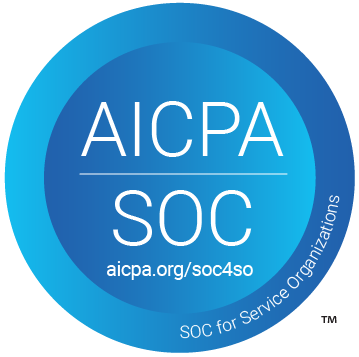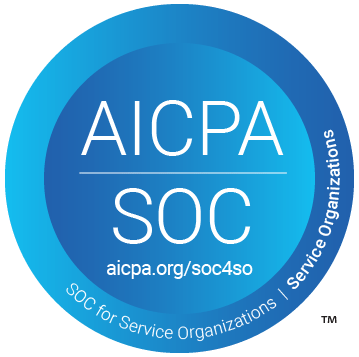Learn how to set up a webhook inside Elementor using Pabbly Connect. This detailed tutorial covers step-by-step integration for seamless data transfer between applications. Revolutionize your productivity approach with just a few strategic clicks. Uncover professional methods for connecting applications and creating workflows that reclaim hours of your week.
Watch Step By Step Video Tutorial Below
1. Setting Up Pabbly Connect for Elementor Integration
To set up a webhook inside Elementor, we first need to access Pabbly Connect. This platform acts as a bridge to facilitate data transfer between Elementor and other applications. Start by logging into your Pabbly Connect account.
Once logged in, navigate to the ‘Create Workflow’ section. Here, you will select Elementor as your trigger application. This step is crucial as it defines the event that will initiate the data transfer process.
2. Selecting the Trigger Event in Pabbly Connect
In this section, you will select the trigger event for your workflow. Choose ‘New Form Submission’ from the list of available options in Pabbly Connect. This event will capture the responses submitted through your Elementor forms.
- Select ‘Elementor’ as the trigger application.
- Choose ‘New Form Submission’ as the trigger event.
- Copy the generated webhook URL provided by Pabbly Connect.
This unique webhook URL will be used to connect Elementor with Pabbly Connect, allowing the form responses to be sent automatically to the platform.
3. Configuring Elementor to Use Pabbly Connect Webhook
Next, we need to configure Elementor to send form submissions to Pabbly Connect. Open your WordPress dashboard and select the Elementor plugin. Create a new form or edit an existing one where you want to capture responses.
In the form settings, navigate to the ‘Actions After Submit’ section. Click on the plus icon to add a new action and select ‘Webhook’. Paste the webhook URL that you copied from Pabbly Connect into the designated field.
4. Testing the Integration Between Elementor and Pabbly Connect
After configuring the webhook in Elementor, it’s time to test the integration. Publish your form and preview it to ensure all fields are visible. Fill in the form with test data and submit it.
Return to your Pabbly Connect dashboard. You should see the response captured in real-time, confirming that the integration is successful. This step is essential to validate that data is being sent correctly from Elementor to Pabbly Connect.
5. Expanding Your Integration Options with Pabbly Connect
Once you have confirmed that the webhook is functioning, you can expand your integration capabilities. Pabbly Connect allows you to send form responses to various applications, such as Google Sheets or WhatsApp.
- Add Google Sheets as an action to create a record of responses.
- Utilize WhatsApp Cloud API to send notifications to team members.
- Configure email notifications for form submissions.
These additional integrations enhance the functionality of your Elementor forms and streamline your workflow, all thanks to Pabbly Connect.
Conclusion
In this tutorial, we explored how to set up a webhook inside Elementor using Pabbly Connect. By following these steps, you can effortlessly transfer form submissions to various applications, enhancing your data management capabilities.
Ensure you check out Pabbly Connect to create business automation workflows and reduce manual tasks. Pabbly Connect currently offer integration with 2,000+ applications.
- Check out Pabbly Connect – Automate your business workflows effortlessly!
- Sign Up Free – Start your journey with ease!
- 10,000+ Video Tutorials – Learn step by step!
- Join Pabbly Facebook Group – Connect with 21,000+ like minded people!






